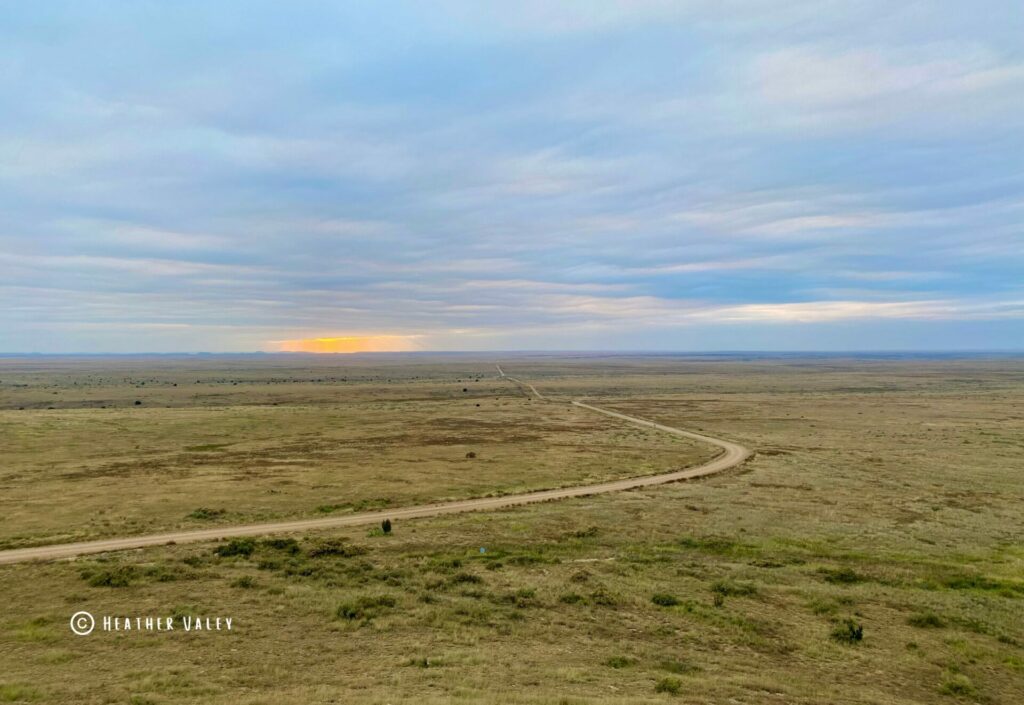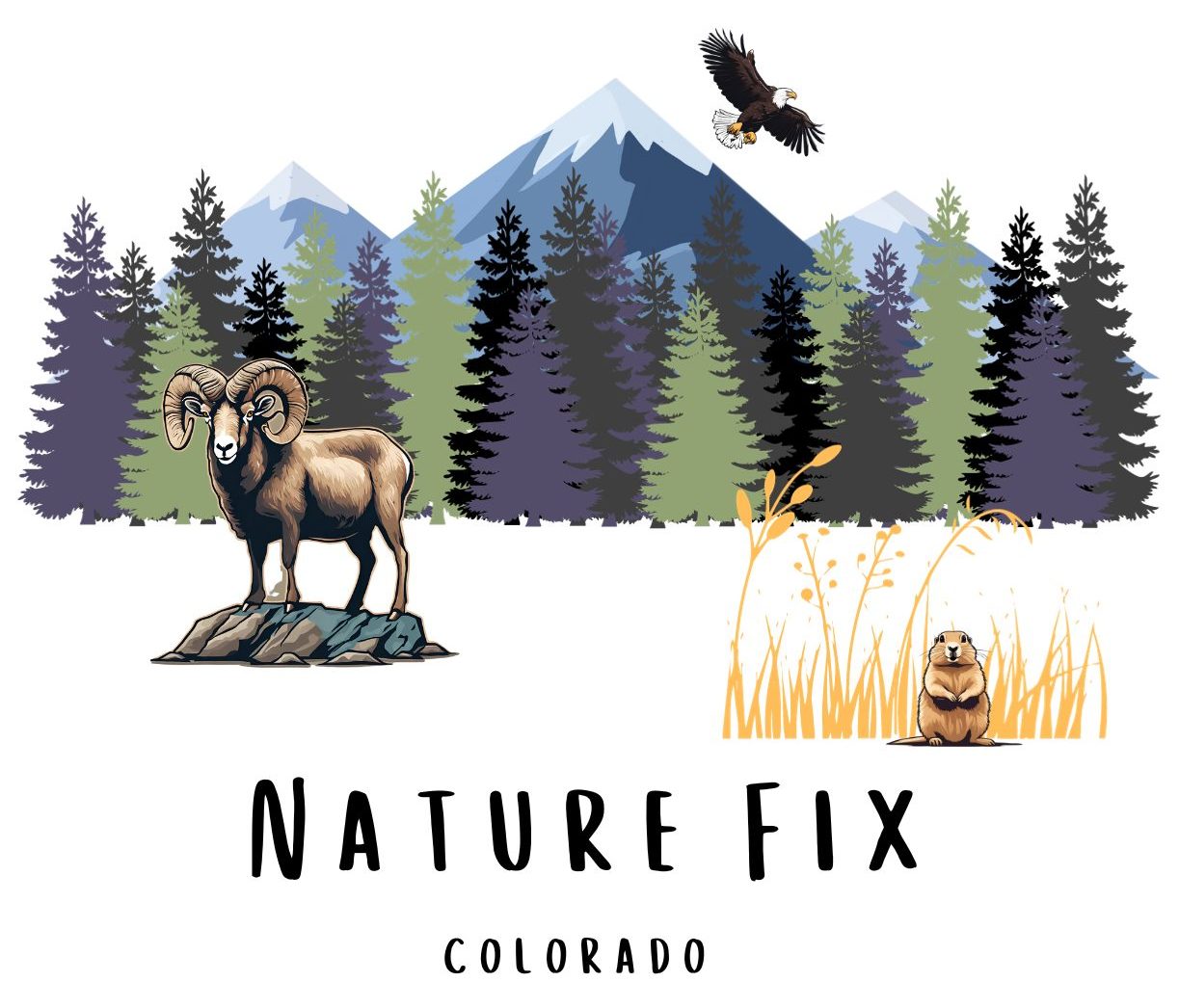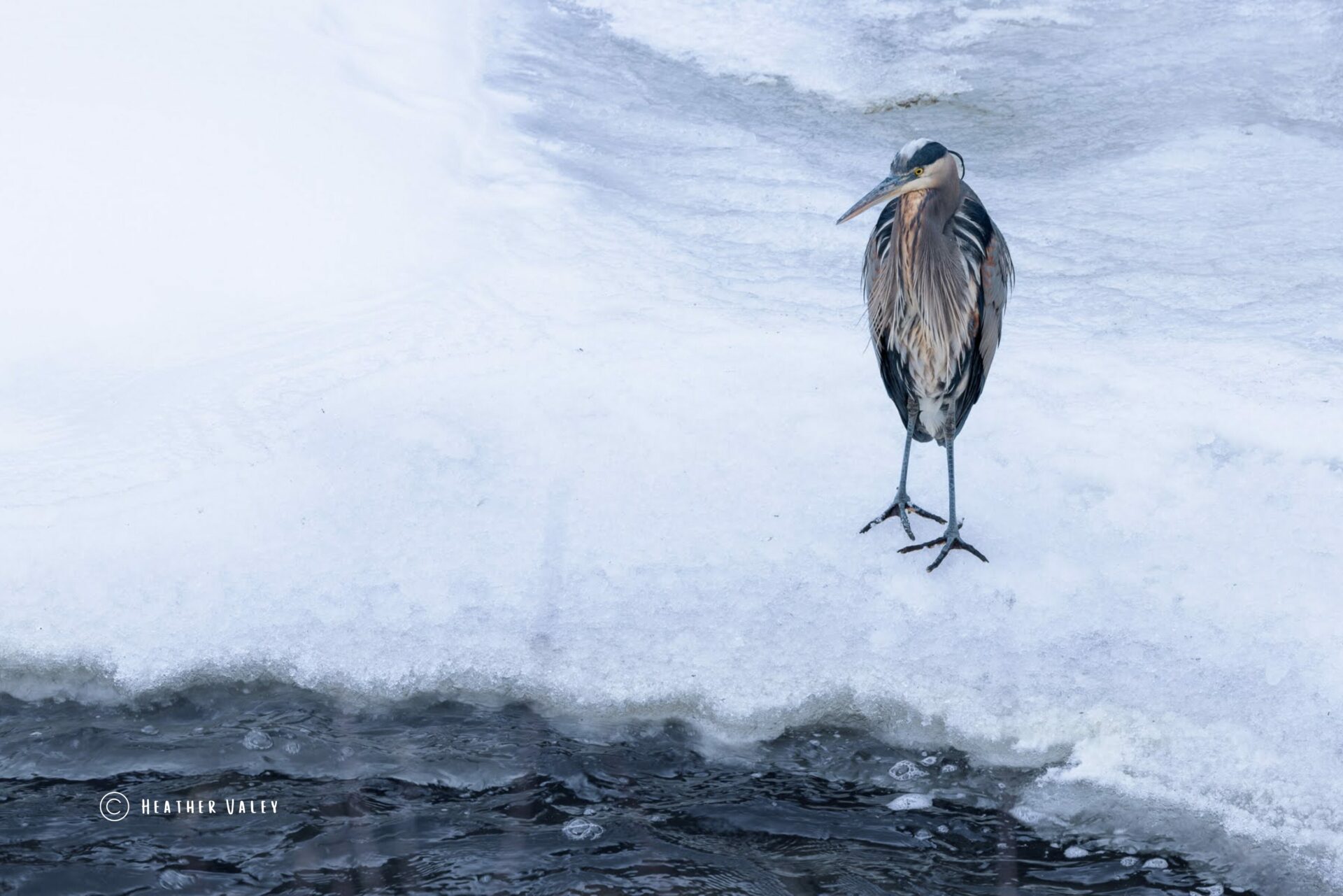Caption: A Summer Shower in the Colorado Rocky Mountains. Photograph by Heather Valey 2023
If you like the content on Nature Fix, subscribe to our substack newsletter for bi-weekly exclusive content that you won’t find on this website!
Conservation is a Collaborative Effort
When conservation issues come up very often I am reminded that hunters and fisherpersons fund the conservation in Colorado. But, Colorado’s conservation system operates through a combination of government agencies, non-profit organizations, private landowners, and community initiatives and are not all funded by hunting & fishing. This is important because our lands are valued in many different ways in this state. Here’s an overview of how it works:
- Colorado Government Agencies:
- Colorado Parks and Wildlife (CPW): CPW is responsible for managing the state’s parks, wildlife, and outdoor recreation areas. They oversee wildlife conservation, habitat management, hunting and fishing regulations, and outdoor education programs. Since a big bulk of habitats in Colorado are on private land, CPW works frequently with landowners and ranchers. Efforts by CPW are funded by revenue brought in from fishing & hunting licenses. taxes from hunting & fishing equipment, motor vehicle taxes from motorized recreational vehicles, and park generated pass income.
- Colorado Department of Natural Resources (DNR): DNR coordinates conservation efforts related to water resources, forestry, mining, and energy development. They work to balance resource extraction with environmental protection. It is important to add that most of Colorado’s mining laws are 150 years old and don’t address modern issues.
- Local Government Agencies: Counties and municipalities may have their own departments or agencies responsible for land use planning, conservation easements, and environmental regulations. Great examples of this are Boulder Open Space & Mountain Parks (BOSMP), and Jefferson County Open Space.
- Colorado State Forest Service (CSFS): In a nutshell the Colorado State Forest Service is a service and outreach agency of the Warner College of Natural Resources at Colorado State University and headquartered in Fort Collins. It is committed to delivering important forestry information and education to Colorado’s citizens. They aim for resilient forests and communities using applied science to address evolving forestry challenges.

- National Government Agencies
- National Park Service (NPS): Conservation is an essential part of the NPS mission managing national parks and monuments. Colorado has 4 national parks: Rocky Mountain National Park, Mesa Verde National Park, Black Canyon of the Gunnison National Park, Sand Dunes National Park. National Monuments overseen by NPS are Colorado National Monument, Dinosaur National Monument, Florrisant Fossil Beds, Hovenweep and Yucca-House National Monument.
- Bureau of Land Management (BLM): BLM Colorado oversees 65 National Conservation Lands, spanning over 1 million acres in the U.S., including Brown’s Canyon National Monument and Canyon of the Ancients in Colorado.
- National Forest Service (NFS): The NFS is a part of the U.S. Department of Agriculture.
oversees a staggering 193 million acres of land in the US. They manage public lands such as national forests and grasslands including Chimney Rock National Monument and Camp-Hale Continental Divide National Monument in Colorado. Additionally they offer technical and financial support to state, private, and tribal forestry agencies.
- Non-profit Organizations:
- Land Trusts: Organizations such as, Southern Plains Land Trust, Colorado Open Lands and The Nature Conservancy work to protect and conserve land through conservation easements, land acquisitions, and stewardship programs.
- Environmental Advocacy Groups: Organizations like Conservation Colorado and the 350 Colorado advocate for policies and initiatives that promote conservation, sustainable land management, and environmental protection.
- Wildlife Rehabilitation Centers: Facilities such as the Greenwood Wildlife Rehabilitation Center provide care for injured or orphaned wildlife, contributing to conservation efforts by rehabilitating and releasing animals back into their natural habitats.

- Private Landowners:
- Many conservation efforts in Colorado rely on the voluntary participation of private landowners. They may enter into conservation easements or agreements to protect sensitive habitats, wildlife corridors, and scenic landscapes on their properties.
- Private landowners also play a crucial role in habitat restoration, sustainable land management practices, and wildlife conservation initiatives on their lands.
- Community Initiatives:
- Community-based conservation organizations, volunteer groups like Volunteer Outdoors Colorado (VOC), Great Old Broads of the Wilderness and citizen science projects like Rocky Mountain Wild’s projects contribute to conservation efforts across Colorado. These initiatives may involve habitat restoration projects, invasive species removal, wildlife monitoring programs, and environmental education initiatives.
- Local communities often collaborate with government agencies, non-profit organizations, and academic institutions to develop and implement conservation strategies tailored to their specific needs and priorities.
- Local conservation minded groups like the Colorado Native Plant Society, The Wild Ones and local Audubon chapters foster conservation education and volunteer opportunities.
- Local museums, zoos & gardens: Museums like the Denver Museum of Nature & Science, the Denver Zoo & Cheyenne Mountain Zoos and Botanical gardens throughout the state provide outreach and education about Colorado’s flora & fauna and conservation issues.
This is not an exhaustive list but overall, Colorado’s conservation system is characterized by collaboration and partnerships among various stakeholders. Many of these are not funded by hunting or fishing. All of these pieces work together to protect the state’s natural resources, wildlife habitats, and scenic landscapes for current and future generations.






